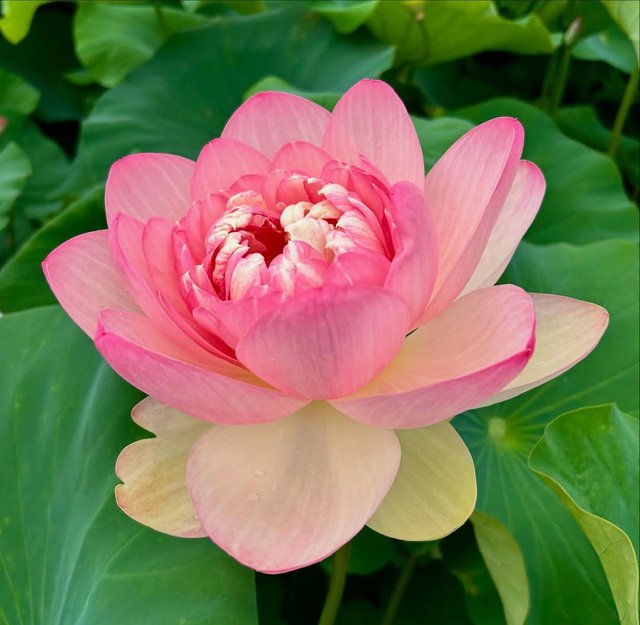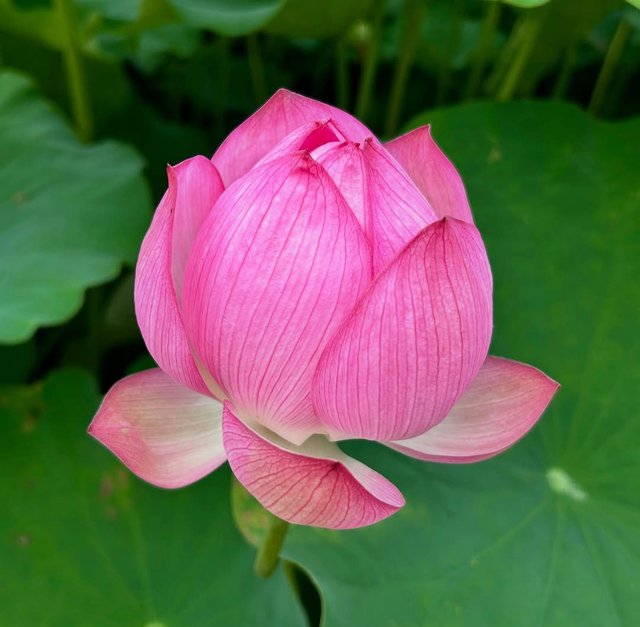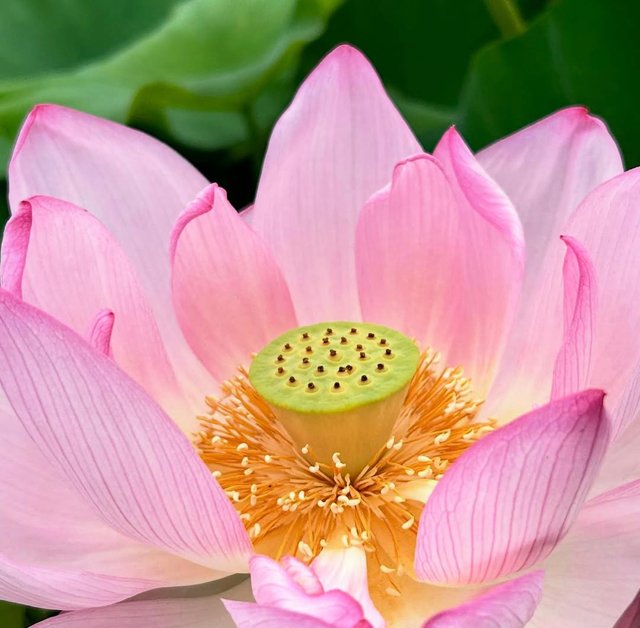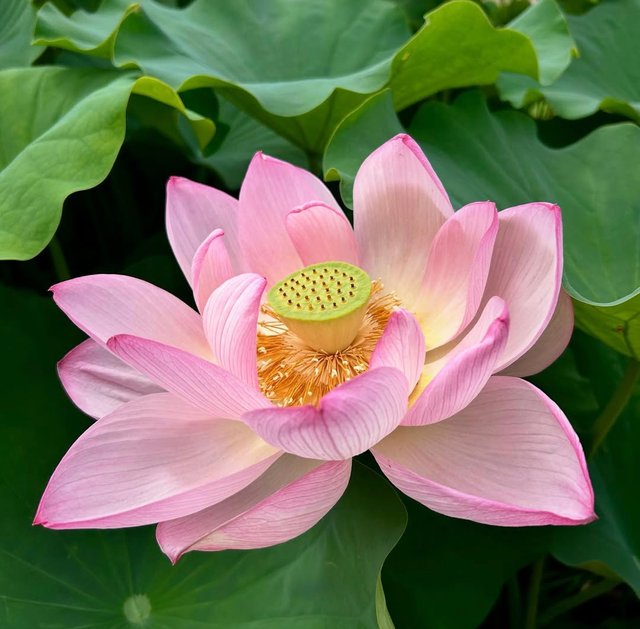Nelumbo nucifera
Few plants hold the kind of spiritual, cultural, ecological, and scientific significance as Nelumbo nucifera, commonly known as the sacred lotus. Revered for its divine beauty, symbolic purity, and astonishing biological traits, this aquatic perennial has captivated human societies for millennia — from the muddy ponds of Asia to the sacred texts of Hinduism and Buddhism, and now into the laboratories of modern science.
The sacred lotus thrives in shallow, warm freshwater environments like lakes, ponds, and slow-moving rivers. It has remarkable adaptation traits, including:Allows it to anchor in muddy substrates and spread laterally.Serve as solar panels, aiding in photosynthesis while keeping the plant buoyant.The surface structure causes water to bead and roll off, taking dirt and microbes with it — a phenomenon studied in nanotechnology.
The lotus is deeply associated with gods like Vishnu, Lakshmi, and Saraswati, symbolizing purity, beauty, fertility, and spiritual awakening. Despite growing in muddy waters, the lotus emerges unstained — representing the soul’s journey through suffering toward enlightenment.Nelumbo nucifera is not just a flower. It is a living bridge between nature and culture, science and spirituality. Its ability to rise unblemished from the mud teaches us that purity and progress can emerge from adversity. From ancient scriptures to cutting-edge biomimicry, the lotus continues to bloom — in ponds, hearts, and minds.




